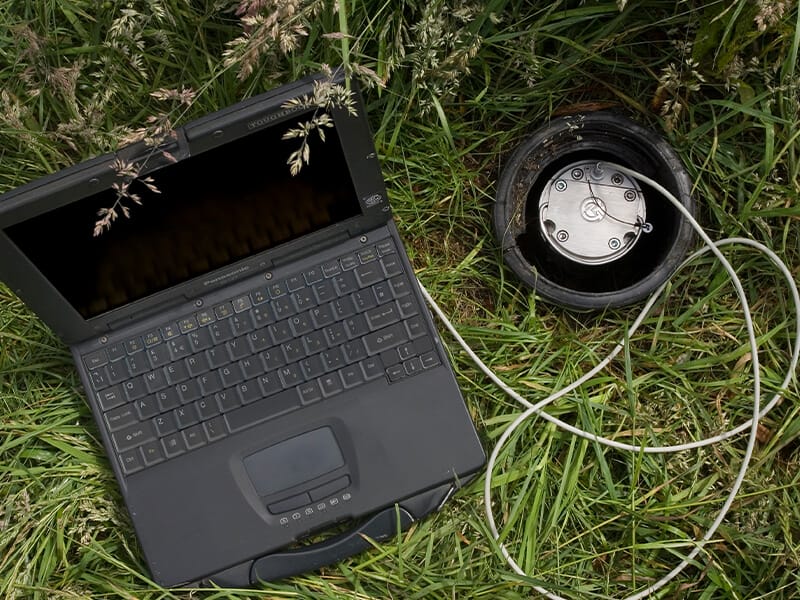
Substance Gas Monitoring
Substance gas monitoring – So, what can be done to mitigate the potential drastic effects?
Whether a landowner, developer or regulator the objective is identical; to ensure that any existing or proposed development remains or takes place safely.
But because of the temporal or seasonal effects on ground gas migration, monitoring has to be undertaken over a potentially wide geographic area, lasting several months. Sampling techniques like soil probes, for example, which require subsequent laboratory analysis (using thermal desorption and gas chromatography) are clearly labour intensive and costly.
However, there is the possibility to undertake long-term, un-manned, continuous, monitoring using especially designed borehole devices that are battery powered, record multiple gases and make the data available for download to a laptop for later analysis, or, via telemetry. A subsequent guide will look into the considerations when specifying and buying such instrumentation.
GasClam 2
GasClam 2 collects unmanned continuous ground gas concentration data as well as parameters that are known to control it – subsurface pressure, atmospheric pressure and water level.
This information reduces uncertainty by providing the full picture of what is happening below ground. Also by observing the process controlling the ground gas regime you can predict how it will change in the future.
Using GasClam 2 therefore, provides a hierarchy of financial benefits. The first saving comes from reducing the number of site visits by a field engineer.
The second saving comes from reducing the overall length of monitoring programmes as legislative data requirements can be met quicker.
The third, and largest savings is made by designing appropriate, rather than over-engineered, solutions based on complete and robust data.
Applications include:
- Brownfield site investigation
- Landfill perimeter monitoring and control
- Shale and Coal Bed Methane / Seam Gas site monitoring
- Vapour intrusion studies
- Waste Management
- Refineries and petroleum storage monitoring
Download our Guide: Soil / Ground Gas Risk












